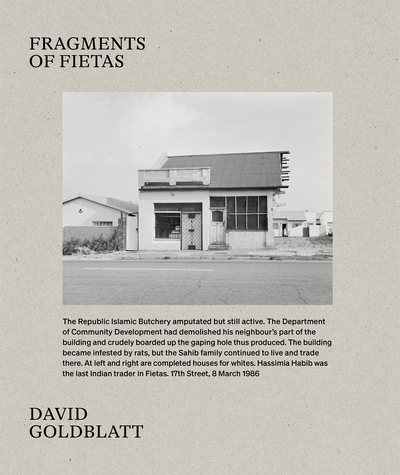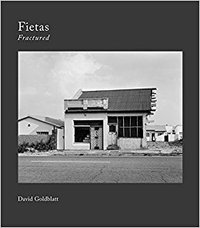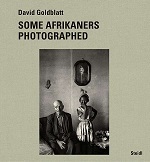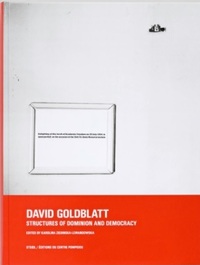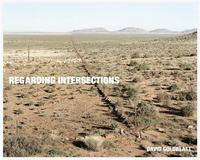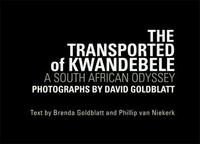Nous utilisons des cookies pour améliorer votre expérience. Pour nous conformer à la nouvelle directive sur la vie privée, nous devons demander votre consentement à l’utilisation de ces cookies. En savoir plus.
Fragments of Fietas
EAN : 9781917651080
Édition papier
EAN : 9781917651080
Paru le : 1 août 2025
40,00 €
37,91 €
Disponible
Pour connaître votre prix et commander, identifiez-vous
Notre engagement qualité
-
 Livraison gratuite
Livraison gratuite
en France sans minimum
de commande -
 Manquants maintenus
Manquants maintenus
en commande
automatiquement -
 Un interlocuteur
Un interlocuteur
unique pour toutes
vos commandes -
 Toutes les licences
Toutes les licences
numériques du marché
au tarif éditeur -
 Assistance téléphonique
Assistance téléphonique
personalisée sur le
numérique -
 Service client
Service client
Du Lundi au vendredi
de 9h à 18h
- EAN13 : 9781917651080
- Date Parution : 1 août 2025
- Disponibilite : Disponible
- Barème de remise : NS
- Nombre de pages : 224
- Format : H:240 mm L:280 mm
- Poids : 801gr
- Résumé : Between 1948 and 2016, David Goldblatt returned periodically to Fietas, a suburb west of Johannesburg’s city centre, to photograph the impact of punitive segregation and ethnic cleansing wrought by apartheid legislation on its residents and landscape. Moved by the life force of the predominantly Indian community’s families, shopkeepers, and small business owners, Goldblatt attempted ‘to grasp something of their life and what they had built.’ The resulting photographs, collected and published here for the first time, form a vivid social document of Fietas before, during, and after its destruction under the Group Areas Act. Earlier images of storefronts and domestic interiors contrast poignantly with those of their demolition from the late 1970s onwards. Dignified portraits of traders in their stores capture their determined efforts to build a life for their families. Interviews with past and present Fietas residents close the book, recalling the testimonials of Goldblatt’s subjects in The Transported of Kwandebele and Ex-Offenders at the Scene of Crime. Exemplary of Goldblatt’s empathetic and observational documentary style, these photographs and oral histories establish a generous exchange between photographer and subject. Together these materials preserve narratives of Fietas as a racially diverse community that existed in defiance of apartheid. An accompanying essay by Professor Ashwin Desai places Fietas within the wider historical context of Indian South Africans and racist ideology before and after the advent of apartheid, completing a compelling reference to a little known community forever changed by the darkest point in South Africa’s history.

